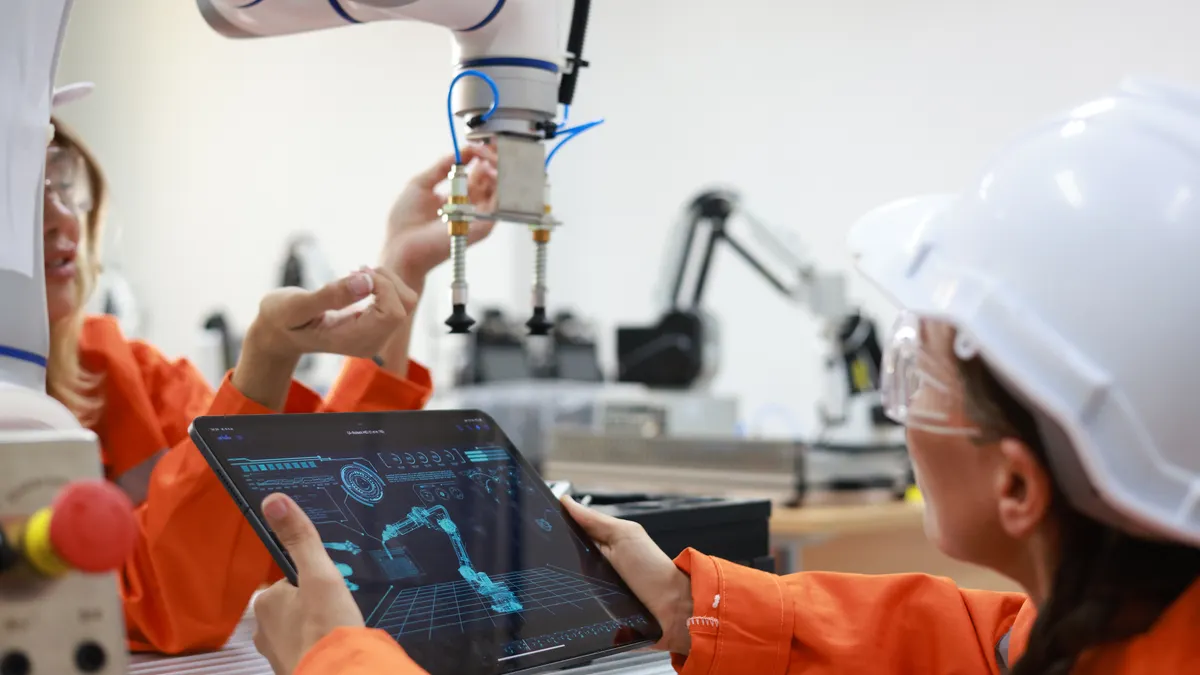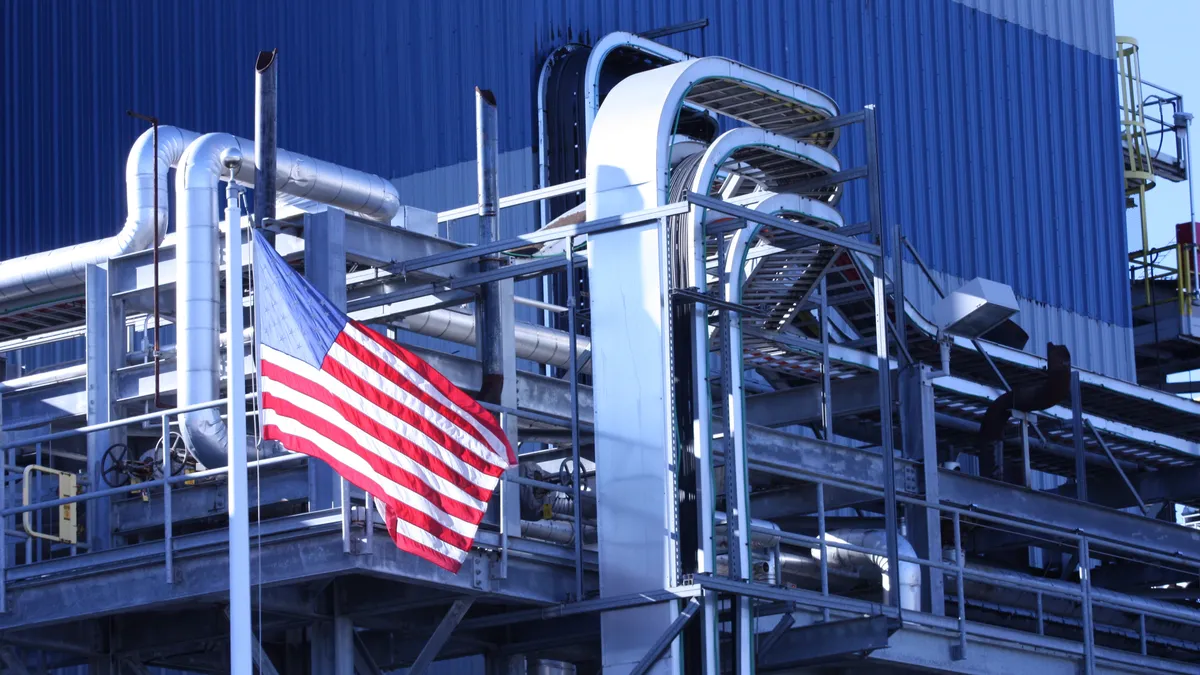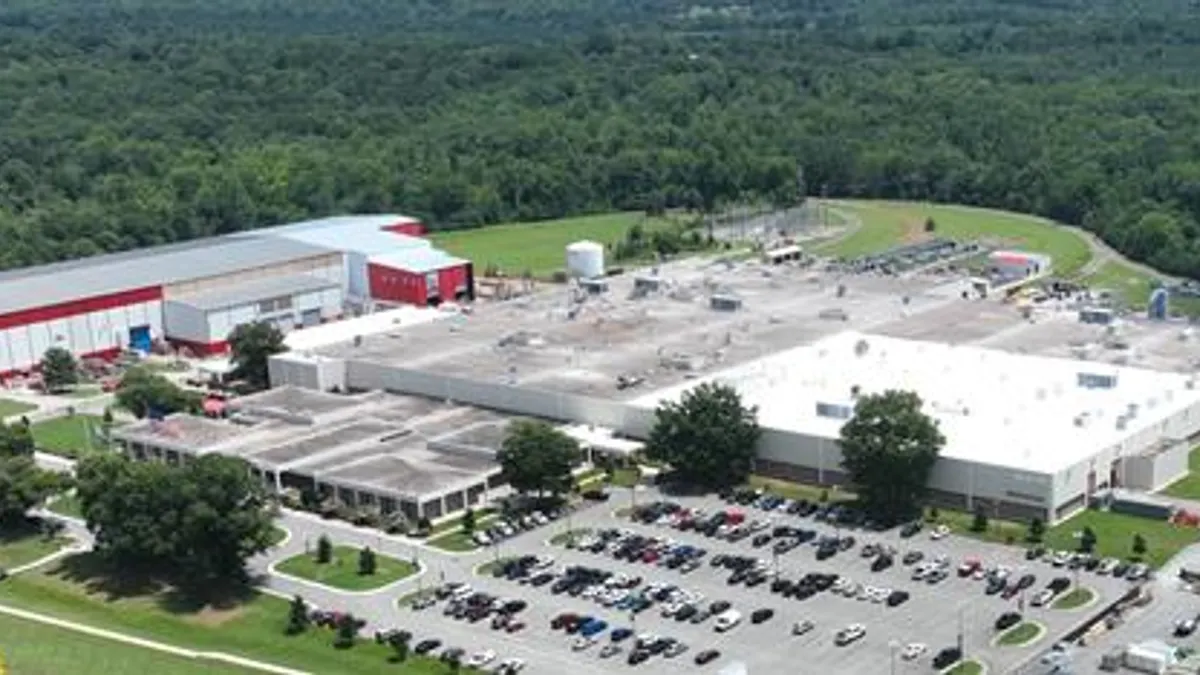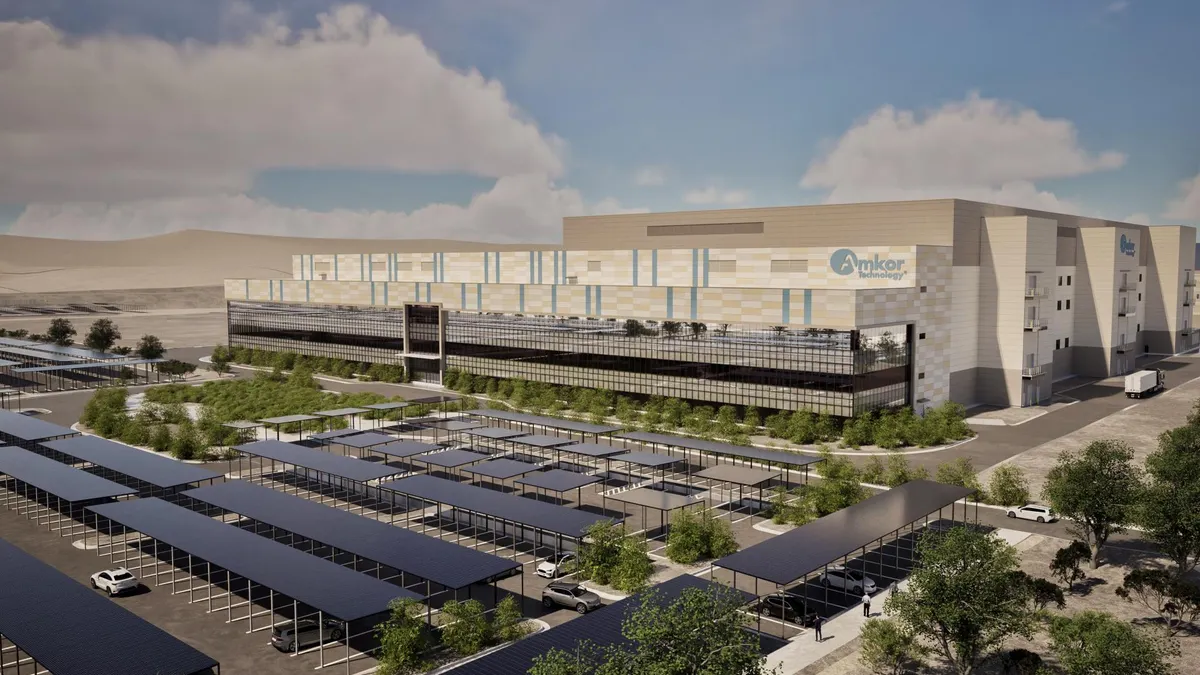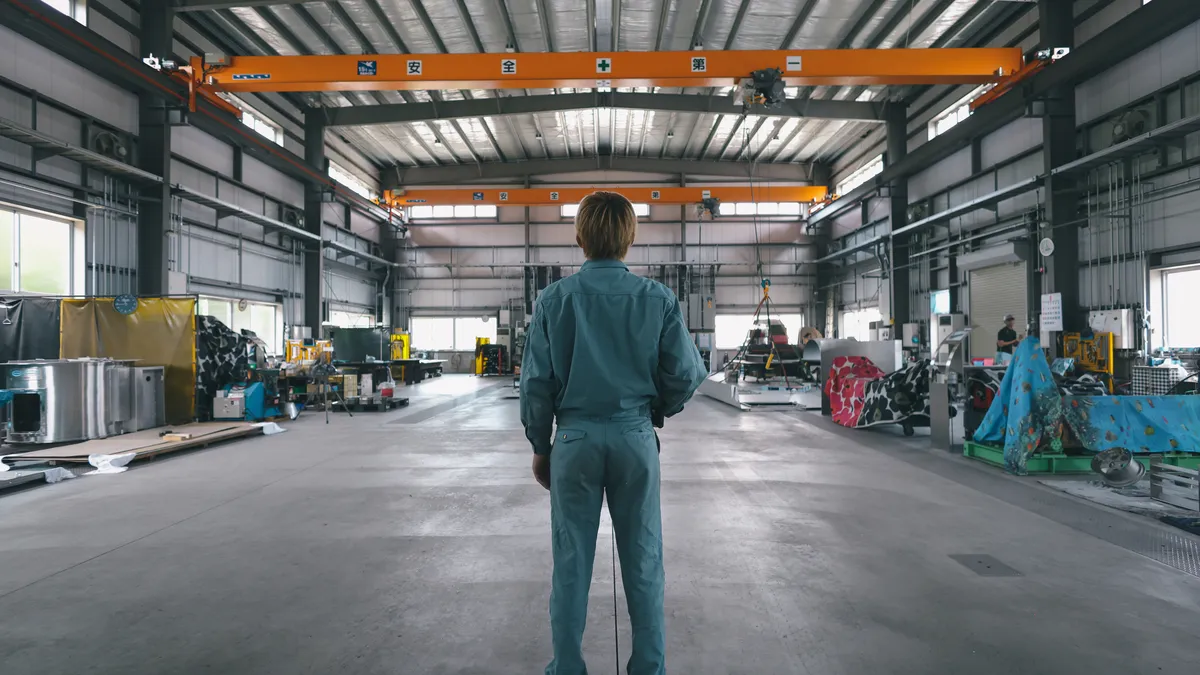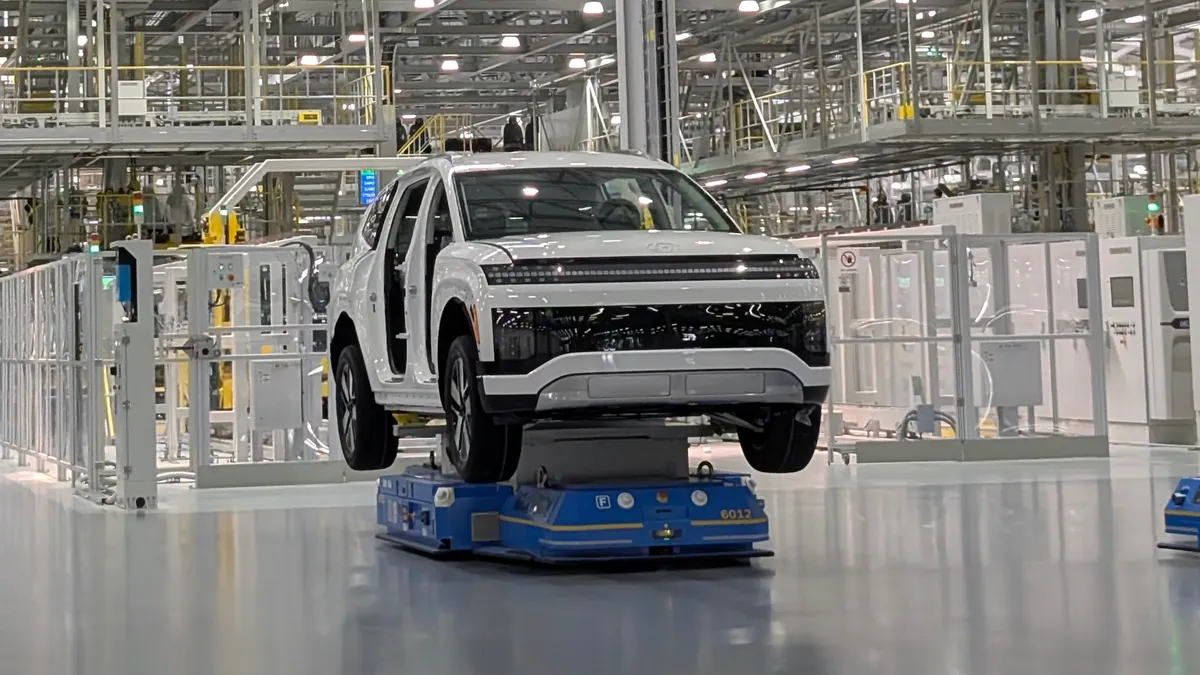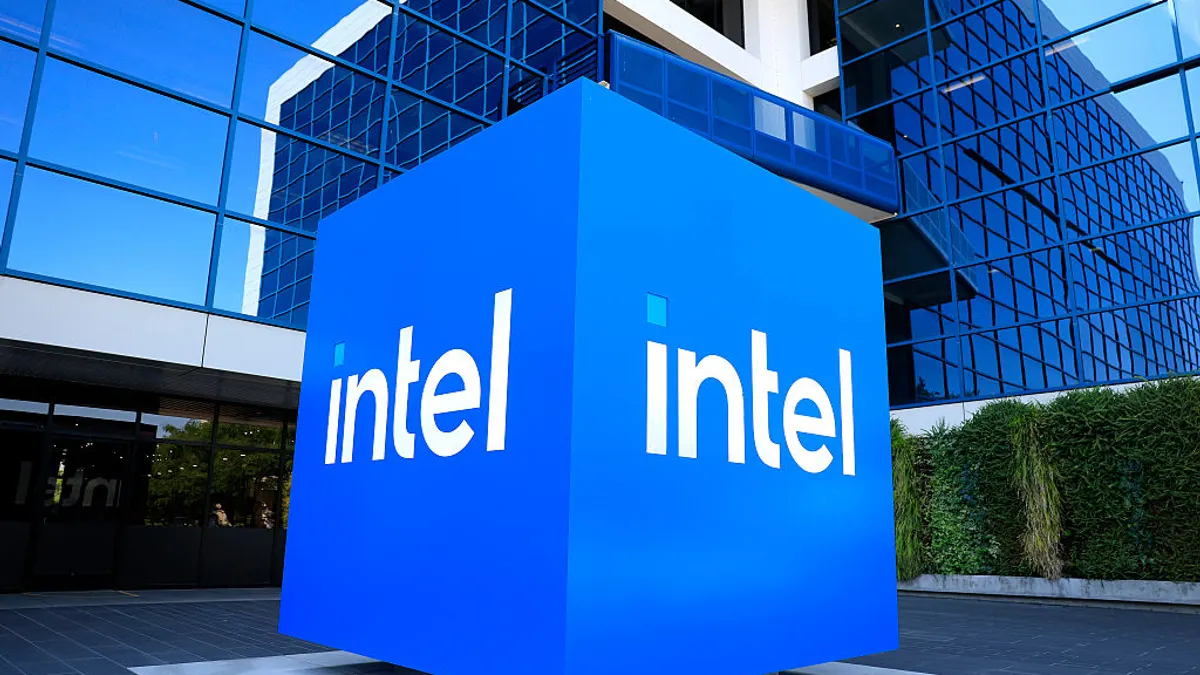Jags Kandasamy is the CEO and co-founder of edge AI modeling startup Latent AI. Opinions are the author’s own.
Manufacturing leaders face a costly contradiction: AI pilots consistently deliver impressive results in controlled environments, yet most never scale beyond the proof-of-concept stage.
This isn't a technology problem — it's an economic miscalculation that wastes millions in corporate investment and leaves manufacturers vulnerable to more agile competitors.
The pattern is depressingly familiar. Companies invest heavily in artificial intelligence pilots, focusing exclusively on accuracy while ignoring infrastructure realities. When these pilots succeed, executives assume scaling will be straightforward. Instead, they discover that replicating a resource-intensive pilot across hundreds of locations creates an economic nightmare that kills the project entirely.
The solution lies in designing AI for scale from the start — by optimizing models for real-world constraints like compute power, connectivity and cost, not just accuracy in ideal lab conditions. This often means accepting that "good enough" accuracy deployed everywhere beats "perfect" accuracy that never scales.
Successful manufacturers evaluate what level of precision their operations actually require versus what their pilots achieved in ideal conditions. Modern optimization techniques can typically maintain 95-99% of original accuracy while reducing hardware costs by 90% or more. For most manufacturing applications, this slight precision trade-off delivers far more business value than perfect models that remain stuck in pilot purgatory.
The infrastructure blind spots and timing-critical realities
The fundamental issue lies in how manufacturers evaluate AI deployment costs. Pilot programs typically operate with dedicated engineering teams, premium hardware and unlimited cloud resources focused on a single application. This approach works for testing, but becomes prohibitively expensive at scale.
Consider the hidden costs that most pilots often overlook: constant connectivity requirements, bandwidth consumption and energy expenses associated with data transmission.
Research indicates that edge-based AI processing can reduce energy consumption by up to 80% compared to cloud-dependent solutions by eliminating the need to transmit data for remote processing constantly. For manufacturers operating on thin margins, these infrastructure costs can quickly eliminate any productivity gains.
The problem compounds when manufacturers discover that their cloud-based pilots require consistent, high-speed internet connectivity — something that's often unreliable or expensive in industrial environments. What seemed like a minor consideration during testing becomes a major operational constraint during deployment.
Manufacturing environments present unique challenges that many AI strategies fail to address. Unlike office applications, where slight delays are tolerable, manufacturing processes often require instant responses to prevent costly disruptions.
Take automotive stamping operations, where AI monitors press timing and pressure to ensure proper part formation.
If a component isn't formed correctly, it won't fit during assembly, potentially halting an entire production line. In this scenario, waiting for cloud-based AI analysis introduces unacceptable risk. The system needs immediate, local decision-making capability.
The economics of alternative approaches
Smart manufacturers are discovering that rethinking their AI deployment strategy can dramatically alter project economics. Instead of assuming all AI processing must happen in the cloud, they're evaluating which applications truly require real-time responses and deploying accordingly.
Mission-critical processes that demand instant decision-making are moving toward edge-based solutions that process data locally. Non-urgent applications, such as inventory analysis or post-production quality reporting, can remain cloud-based without operational impact. This hybrid approach optimizes costs while maintaining performance where it matters most.
The economic transformation can be significant. Local processing eliminates ongoing cloud fees for compute-intensive operations, reduces bandwidth requirements and provides more predictable operating costs.
Many facilities, such as manufacturing plants, power generation stations, water treatment facilities, oil and gas refineries, and even large-scale food processing units already have programmable logic controllers and other edge computing infrastructure that can be enhanced rather than replaced entirely. In addition to manufacturing, the defense, construction and transportation sectors face similar challenges — operating in remote locations with limited connectivity while requiring real-time decision-making capabilities that make edge AI particularly valuable.
A path forward
While many manufacturers struggle with implementing AI, others are gaining competitive advantages by overcoming these deployment challenges. The companies that successfully scale AI beyond pilots are seeing improvements in quality control, predictive maintenance and operational efficiency that compound over time.
This creates a dangerous divergence in industry competitiveness. Manufacturers that remain stuck in the pilot phase lose ground to competitors who've cracked the scalability code. The window for addressing these challenges is narrowing as AI capabilities become table stakes rather than differentiating factors.
Successful AI scaling requires manufacturers to align their deployment strategies with operational realities from day one. This involves evaluating the total cost of ownership during pilot design, considering connectivity constraints and aligning the processing location with application requirements.
Companies should prioritize applications where immediate responses create the most operational value, then gradually expand as they build confidence and expertise. The goal isn't to implement AI everywhere — it's to implement it strategically where it delivers measurable business impact.
The manufacturers that solve this puzzle will gain sustainable competitive advantages in an increasingly automated industry. Those that don't risk falling further behind as their competitors leverage AI for operational excellence.
The technology exists to enable manufacturing AI to operate at scale. What's missing is the strategic discipline to deploy it correctly from the start.


